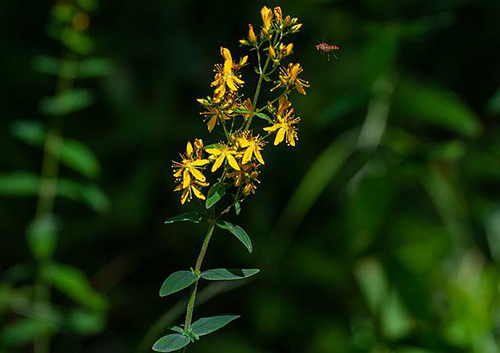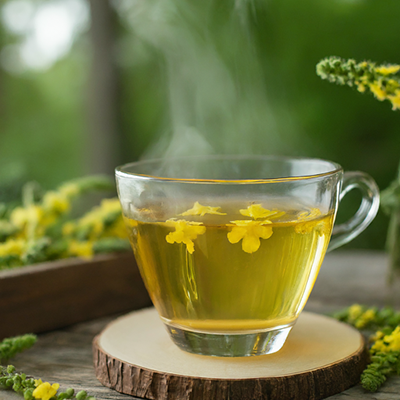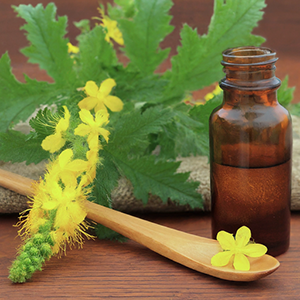Contents
Agrimony flower essence belongs to the Rosaceae family, which consists of more than 2000 species and some of the most beautiful plants. However, unlike other plants of this botanical family, the Agrimony, also called sticklewort, has quite a watery appearance and is not precisely outstanding based on its attractiveness. Of course, as in many other matters, beauty and efficiency do not always go together.
Agrimony has been known and used since ancient times. Mithridates Eupator, physician and king of the Pontus (132-63 B.C.), widely used this plant and gave it his family name: eupatoria. Dioscorides and other Greek botanists and physicians applied it in compresses to war wounds. Avicenna, the famous Arabic medieval physician, also used this plant.

Agrimony Flower Essence Scientific Facts
- Scientific Name: Agrimonia eupatoria L.
- Other Names: Cockleburr, sticklewort
- French: Aigremoine.
- Spanish: Agrimonia.
- Environment: It is common in warm climates, hedges, forest borders, and slopes. It grows all over Europe and South America.
- Description: The herbaceous plant of the Rosaceae family grows from 40 to 60 cm high, with upright stems and yellow flowers growing at the end of these in racemes. The seeds of its fruits are covered with small thorns that stick to clothes and animals’ fur.
- Parts of the plant used medicinally: The leaves and the flowers.

Healing Properties
The plant contains flavonoids, essential oils, and tannins, mainly tannins, to which it owes most of its medicinal effects. Tannins act on skin and mucous membranes as astringents, forming a layer of coagulated proteins over which microorganisms can no longer act. This fact is also the basis for skin tanning.

How to use Agrimony
- Infusion or decoction with 20 to 30 grams of flowers and leaves per liter of water. Drink three or four cups a day, sweetened with honey if desired.
- Mouth rinses and gargles with a concentrated decoction (100 grams per liter), boiling until it reduces its volume to a third. Sage and linden may be added to this decoction. Sweeten with 50 grams of honey.
- Compresses are applied directly to the wounds and soaked in this concentrated decoction without sugar.
DISCLAIMER: All content on this website is presented solely for educational and informational objectives. Do not rely on the information provided as a replacement for advice, diagnosis, or treatment from a qualified medical expert. If you are pregnant, nursing, or have any preexisting medical concerns, talk to your doctor before using any herbal or natural medicines.
REFERENCES
- George D. Pamplona-Roger, M.D. “Encyclopedia of Medicinal Plants.” George D. Pamplona-Roger, M.D. Encyclopedia of Medicinal Plants. Ed. Francesc X. Gelabert. Vols. 1 San Fernando de Henares: Editorial Safeliz, 2000. 205. Print. [agrimony flower]
- Flower Essence Society: https://www.flowersociety.org/
